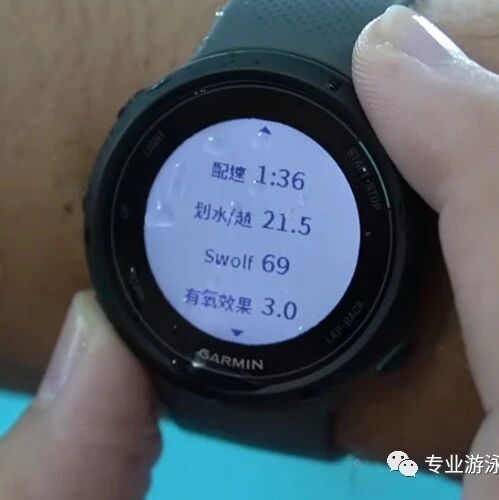Freestyle elbow drills: The key to improving your stroke lies in your arms.
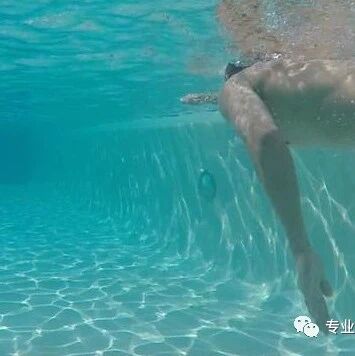
Previously, an article highlighted the importance of stable elbow positioning during the freestyle arm stroke. Some swimmers were inspired by the insights shared, while others argued that having broader palms gives a significant advantage in terms of propulsion—blaming their slower swimming speed on naturally small hands. While I acknowledge that there are inherent differences in natural talent among individuals, when it comes to effort and dedication, most people aren’t even close to reaching the level where innate ability becomes the determining factor.
Swimming duration, as well as one’s ability to intuitively feel and respond to the water, vary significantly from swimmer to swimmer. Even for the same individual, their perception and experience of swimming often evolve as their skill level improves. It’s wonderful for swimmers to exchange tips and share their experiences—but insisting that one person’s approach is definitively superior to another’s is simply not rational. Instead, we should focus on the reasoning behind those experiences, rather than getting caught up in pointless debates over competing viewpoints.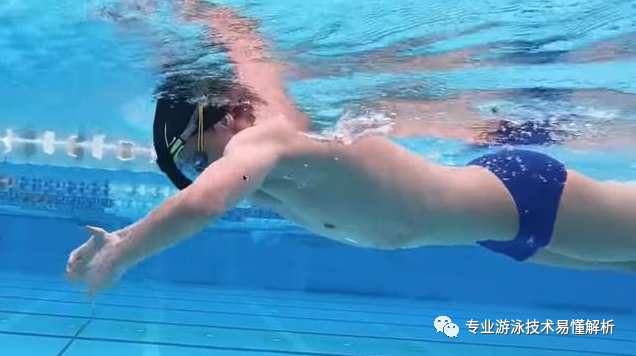
The simpler the movement, the harder it often is to master—this holds especially true for the arm stroke. At first, no matter how hard I tried to power through my strokes, the results were far from impressive. I even wondered if it was because my palms weren’t as wide as other swimmers’, but later I realized this was a superficial assumption. After specifically focusing on refining my elbow movements during practice, I found that even when others used hand paddles to swim 50 meters, they still couldn’t keep up with me. That’s why I now believe that practicing elbow stability is crucial for significantly improving the effectiveness of your arm stroke.
1. Exercises for Elbow Stability
To specifically practice your elbow technique, you must let go of the idea of gripping your hand. Make a tight fist instead, and when you begin freestyle swimming, you’ll immediately notice a significant lack of power. At this point, most of your effective strokes will actually come from your forearm—or more precisely, from the stability of the angle between your forearm, upper arm, and torso. By keeping your elbow elevated and maintaining its position as close to horizontal as possible, you’ll be able to maximize the efficiency of your forearm’s pulling motion.
When starting this type of exercise, it may feel strange at first—there’s no natural sensation of your palm moving through the water, which can lead to some nervousness. And that tension might prevent you from fully focusing on how your arms interact with the water as you swim. Without proper relaxation, you might end up failing to catch the water effectively. To make it easier, you can begin by extending just your index and middle fingers while practicing the stroke. Once you start feeling comfortable with this technique, gradually return to a full fist for the actual arm movements. Remember, when practicing with your fists, it’s crucial to pay close attention to the subtle sensations of your forearm meeting the water—and how the current flows around your arm as you glide.
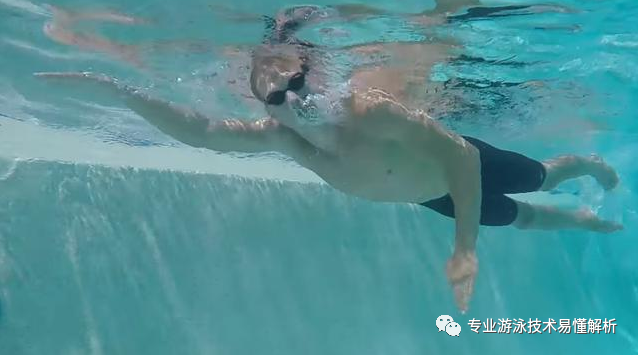
2. Enhancing your water sense comes first.
When swimming with your arms, you’ll notice that water resistance is significantly lower compared to using just your palms. This makes it harder to feel the water directly. That’s why it’s worth trying two distinct arm movements—straight-arm strokes and high-elbow sweeps—to experience the subtle differences in how each technique feels.
By eliminating palm involvement in the stroke, focusing solely on your arms, you can better develop an intuitive understanding of both straight-arm and high-elbow techniques. Pay special attention to the transition between the arm’s “catch” phase (when it first enters the water) and the actual pull-through motion. Keep your upper arm relatively stable while your forearm actively pulls inward, drawing the water toward your body. Notice how these two actions—the catch-and-pull sequence—feel distinctly different.
During practice, avoid rushing into powerful or forceful movements aimed at maximizing propulsion. Instead, concentrate on honing your ability to "feel" the water as your arms glide through it. Remember, mastering the subtleties of arm placement and timing is key to efficient and effective swimming.
3. It's important to relax and slow down.
Similarly, because water resistance is so minimal, if your arms aren’t fully relaxed—or if they lack the necessary inward rotation—your stroke will undoubtedly become fast, even faster than when your palms are actively involved in the pull. Yet, this approach often leads to a result akin to "Zhu Bajie eating ginseng fruit—you miss out on savoring its true flavor." When cycling, the key to increasing speed lies first in learning how to slow down. Only by slowing down can you identify the optimal, most efficient pedaling angle that minimizes effort while maximizing power output. It’s through practicing these techniques at a slower pace that you refine your skills, while building endurance and strength for those high-speed bursts.
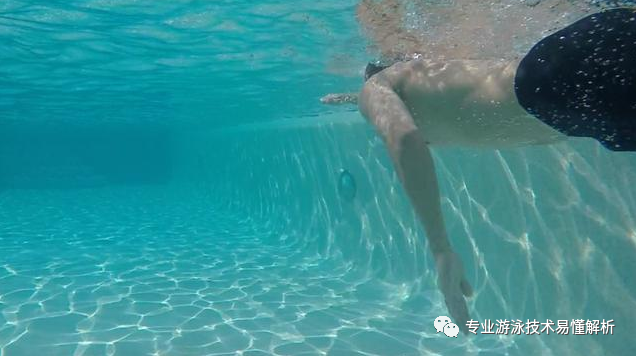
Swimming is the same—don’t rush into quick, forceful strokes right away. Instead, slow down and focus on feeling the movement. When practicing your arm strokes, direct your attention to the position of your elbow joint and the sensation of pushing the water backward with that elbow, while also tuning into your body’s rotation and the engagement of your core muscles. Pay special attention to the transition from the catch phase to the push phase—and how your body naturally shifts laterally during this motion. Notice how the lats (the broad muscles in your upper back) come into play here, as well as the subtle yet effective contraction of your side muscles and core as you twist your torso. To enhance your learning, periodically try widening your palm to experience the difference between an open-hand stroke and a clenched-fist technique. This simple adjustment can help you quickly grasp the key mechanics of using your elbows properly, allowing you to refine your stroke style until it feels most natural and efficient for your unique body.
Related Articles
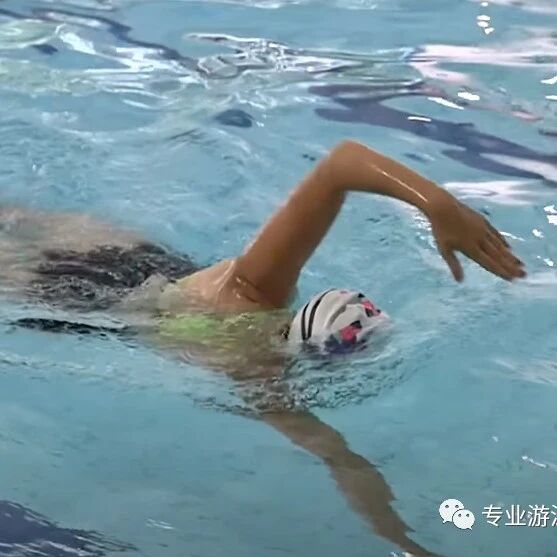
How can you swim freestyle without choking on water? Optimizing your head turns, breathing, and stroke technique.
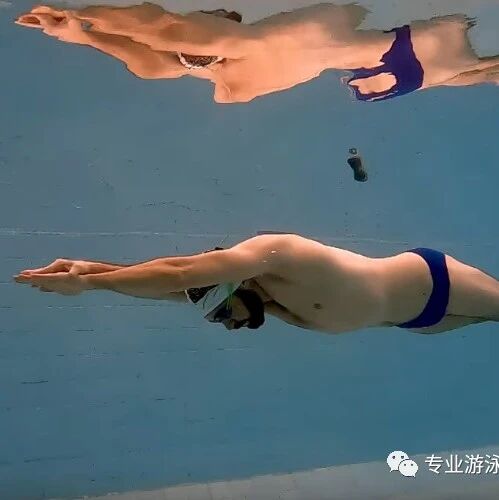
Testing the body-lengthening effect: How can you glide farther through the water?
